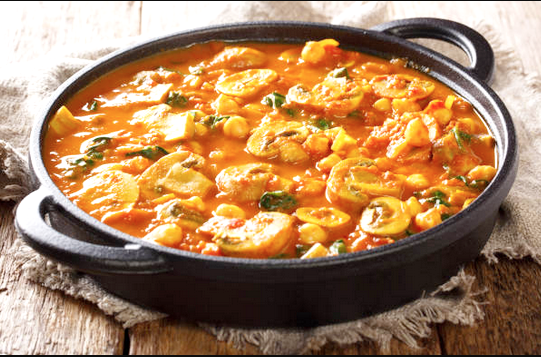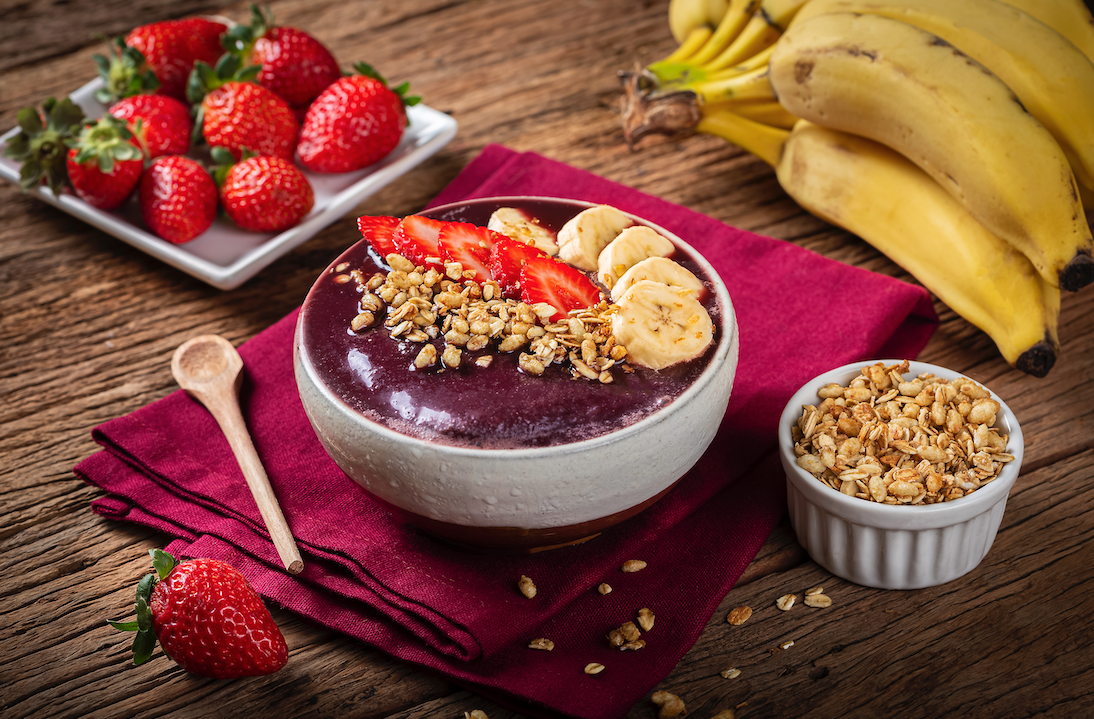
Coriander
Many ancient records show that it was used by the folk long before the new era. Coriander is not only a spice plant but also a medicinal plant.
Usage
As an aphrodisiac, it has a strong effect and increases sexual desire with only 3 grams of coriander powder, mixed with a teaspoon of honey and dissolved in the mouth. According to traditional medicine, it is consumed once a day, best for breakfast.
Sexual Health
Dried coriander seeds have an euphoric effect, especially on women.
Thyroid
Helps to regulate the production of the thyroid hormone.
Weight loss
Coriander can be added to diet to stimulate weight loss.

How to add coriander to your diet?
When fresh, they have a strong aroma of musk and lemon, and a certain bitterness, so they are used as an addition to sauces, salads, and cheese.
Make a Tea
A tea mixture is made from equal parts of cumin and coriander. Add 1 tbs of the mixture to 2.5 dl of boiling water and drunk after a meal. This is good for urinary tract and bladder, digestive organs, and bloating.
In a Meal
Use leaves to garnish soup or use in cold pasta salads, lentils, fresh tomato salsa. Add seeds to roasted vegetables or soups.
It is mentioned in the Bible, in the book of Moses, and has been cultivated for millennia in India, China, and Egypt.
In South America and Asia the most valuable part of the plant is the leaves, which are prepared as greens.
In European cuisine, seeds are predominant.
The leaves and fruits have different aromas and complement each other perfectly.
About
Coriander (Coriandrum sativum) is a medicinal and aromatic plant, widely grown in several parts of the world. The essential oil of coriander is obtained from fully ripe dried seeds or leaves using steam distillation.
Composition
Coriander oil is rich in linalool, limonene, α-pinene, camphene, geranyl acetate, and linalyl acetate. Coriander oil is extensively used in the food industry as a flavoring agent. The essential oil also contributes to the storage stability of the food products, providing protection against food-spoiling microorganisms. The dietary uses of the coriander essential oil are therefore helpful in maintaining good health.
Today, it is mostly grown in the USA, Russia, England, Italy, the Netherlands, Germany, and Malta. In Africa, it is produced by Morocco and Egypt. Cilantro is adored by bees, and coriander honey has a specific taste. The plant is rich in essential oil, carbohydrates, proteins, but also potassium, and calcium. The whole plant is medicinal, it is used as an antioxidant, antiseptic, antispasmodic, diuretic, aphrodisiac. Of all the ingredients, the essential oil is the most effective.
Science
Several studies have reported the characterization of antioxidant compounds in aqueous coriander extract and found that phenolic acids were responsible for the antioxidant activity of the same. The seeds of coriander possess a pleasant flavor due to the presence of up to 1% essential oil in it, which contains monoterpenoid linalool as the major ingredient.
The extracted essential oil from coriander is not only used as a flavoring agent in the liquor, cocoa, and chocolate industries but it is also used in medicines for indigestion, rheumatism, joint pains and as a carminative agent. M researchers have reported the antidiabetic antibacterial, anticancer and antimutagenic. antiaging, antiulcer, antitumor characters of its essential oil.
Safety
In dietary amounts, it is generally considered safe. However, there isn't enough reliable information to know if it is safe when used in larger amounts as medicine. Some people might experience allergies, so it is best to consult a health practitioner before the treatment. Some reports mention liver issues, skin sensitivity, and lowering of the blood pressure as side effects.
Fun Facts
The flowers on coriander plants are quite pretty, with white or very pale pink petals.
Sources
Singh, D., Tanwar, A., & Agrawal, P. (2015). An overview on coriander. Journal of Biomedical and Pharmaceutical Research, 4(2), 67-70.
Pathak Nimish, L., Kasture Sanjay, B., Bhatt Nayna, M., & Rathod Jaimik, D. (2011). Phytopharmacological properties of Coriander sativum as a potential medicinal tree: an overview. J Appl Pharm Sci, 1(4), 20-5.



